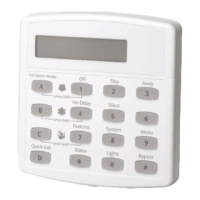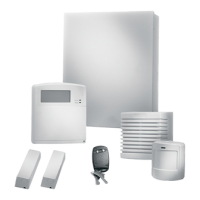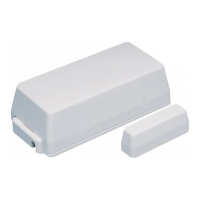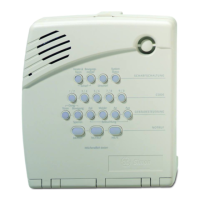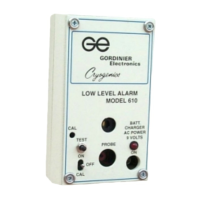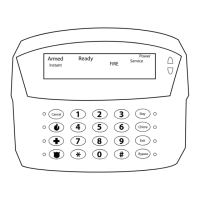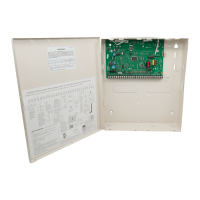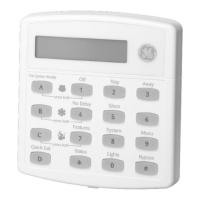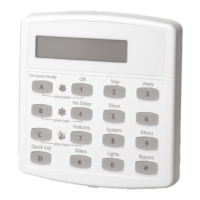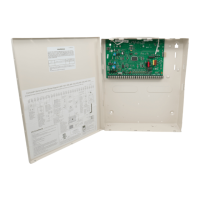)
*(6HFXULW\
S t a t u s
F e a t u r e s
p r e s s b o t h
L i g h t s
S y s t e m
A w a y
Q u i c k E x i t
O f f
N o D e l a y
p r e s s b o t h
p r e s s b o t h
T e s t S y s t e m W e e k l y
S i l e n t
S t a y
D
*
7
0 #
8
B
A
4
1
5
6
2
3
B y p a s s
M e n u
C
9
P r o g r a m U s e r S e t t i n g s
p r e s s 0 - 9 f o r o t h e r e n t r i e s .
P r e s s 1 f o r O F F ; p r e s s 2 f o r O N ;
P r e s s # t o s e l e c t o p t i o n o r a c c e p t e n t r
y .
0 6
0 7
0 5
0 4
1 3
1 4
1 2
1 1
A r m t o S T A Y
Q u i c k G u i d e
D i s a r m S y s t e m / C a n c e l A l a r m
i f d e s i r e d .
2
0 1
0 2
0 3
3
1
0 8
0 9
1 0
P r e s s t o d e s e l e c t o p t i o n o r c a n c e l e n t r y .
C l o s e a l l p r o t e c t e d d o o r s a n d w i n d o w s .
P r e s s 3 + C O D E .
E x i t p r e m i s e s t h r o u g h d e l a y d o o r .
2
3
1
P r e s s 2 + C O D E .
C l o s e a l l p r o t e c t e d d o o r s a n d w i n d o w s .
P r e s s 4 t o a r m d e l a y d o o r s i n s t a n t l y ,
A r m t o A W A Y
Z o n e / S e n s o r N u m b e r
P r e s s 1 + C O D E .
2
1
P r e s s A o r B t o s c r o l l t h r o u g h m e n u s .
M a k e s u r e s y s t e m i s d i s a r m e d .
2
1
P r e s s 7 + 1 t o t u r n C H I M E o n o r o f f .
M a k e s u r e s y s t e m i s d i s a r m e d .
2
1
T u r n C H I M E O n / O f f
P r e s s B Y P A S S + C O D E + S e n s o r N o .
A r m s y s t e m t o d e s i r e d l e v e l .
B y p a s s S e n s o r s
S y s t e m i s O K
S t a t u s
F e a t u r e s
p r e s s b o t h
L i g h t s
S y s t e m
A w a y
Q u i c k E x i t
O f f
N o D e l a y
p r e s s b o t h
p r e s s b o t h
T e s t S y s t e m W e e k l y
S i l e n t
S t a y
D
*
7
0 #
8
B
A
4
1
5
6
2
3
B y p a s s
M e n u
C
9
A r m e d
R e a d y
Installation Instructions
466-2061 Rev C
June 2004
Concord Ultra
Part Number:
60-960-95
ZZZ*(6HFXULW\FRP
